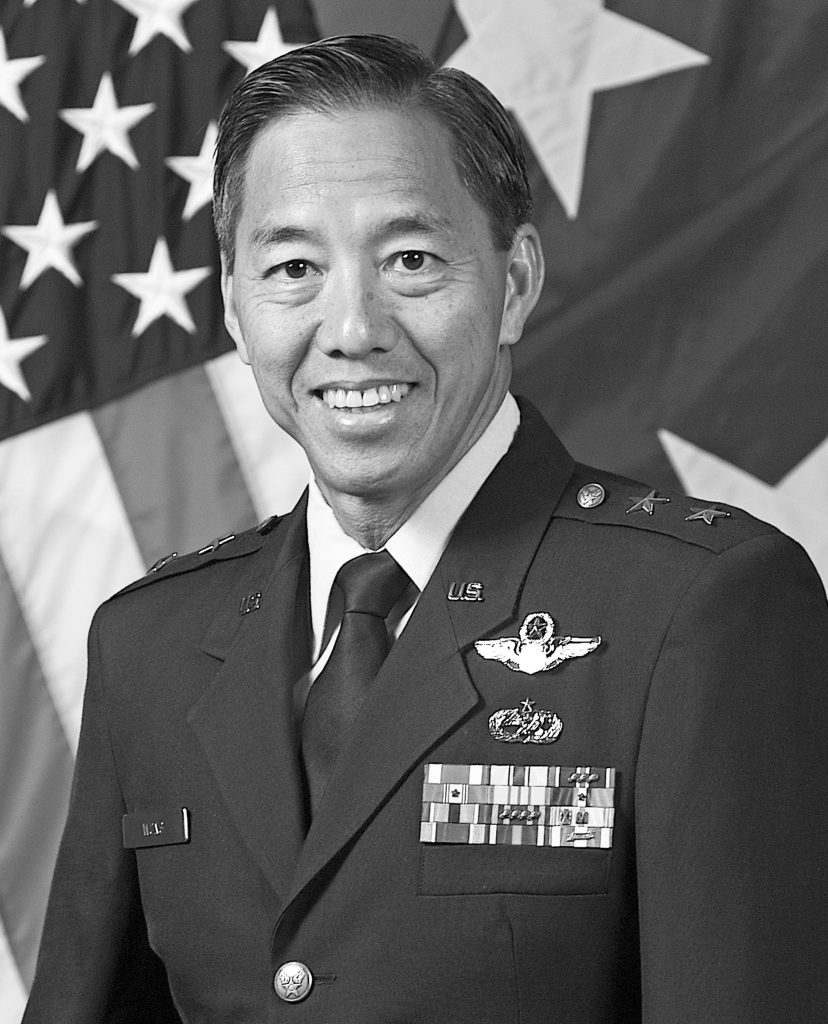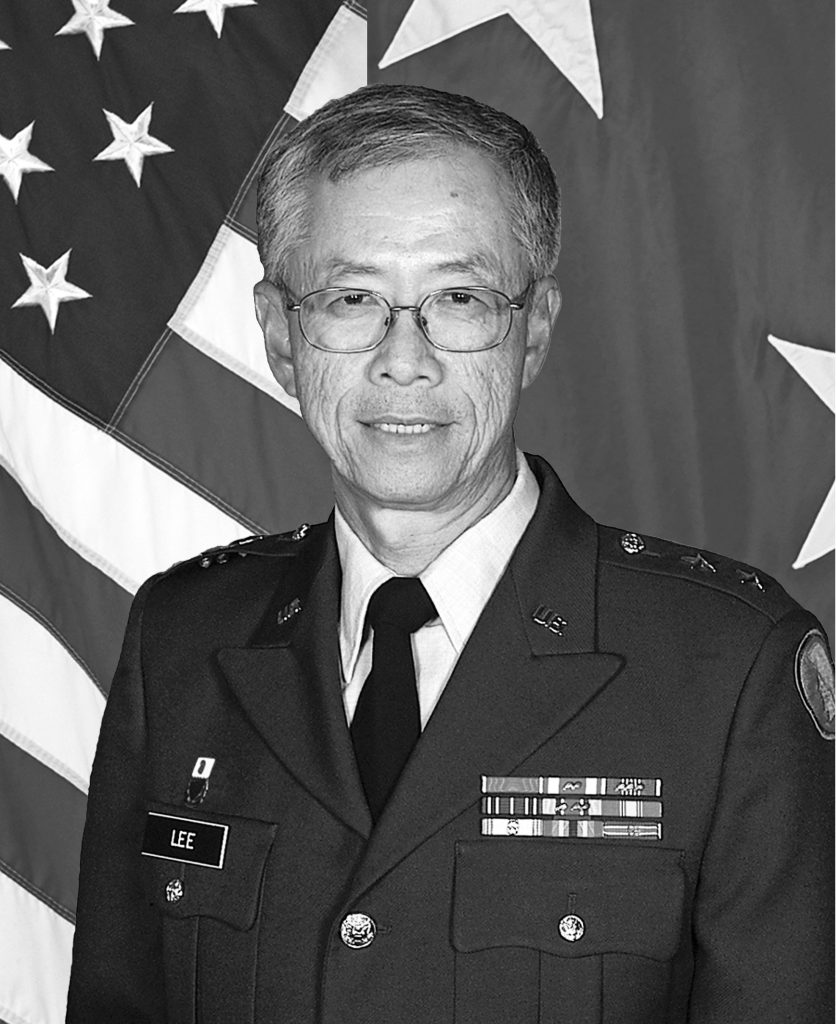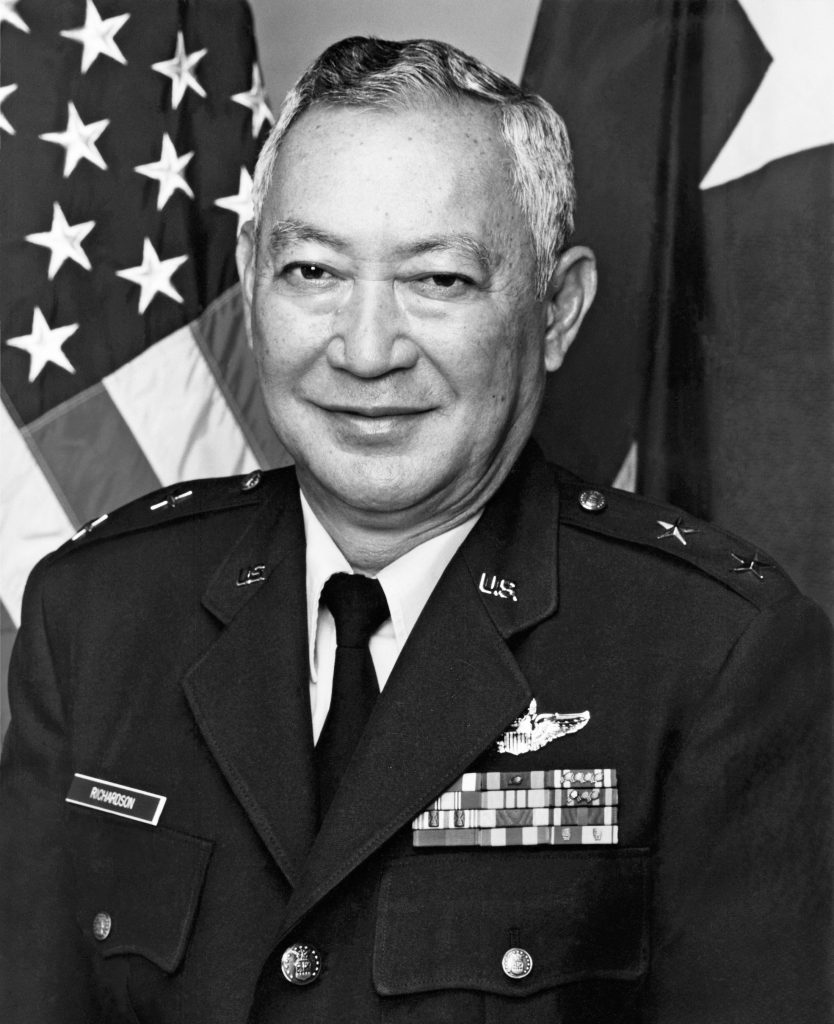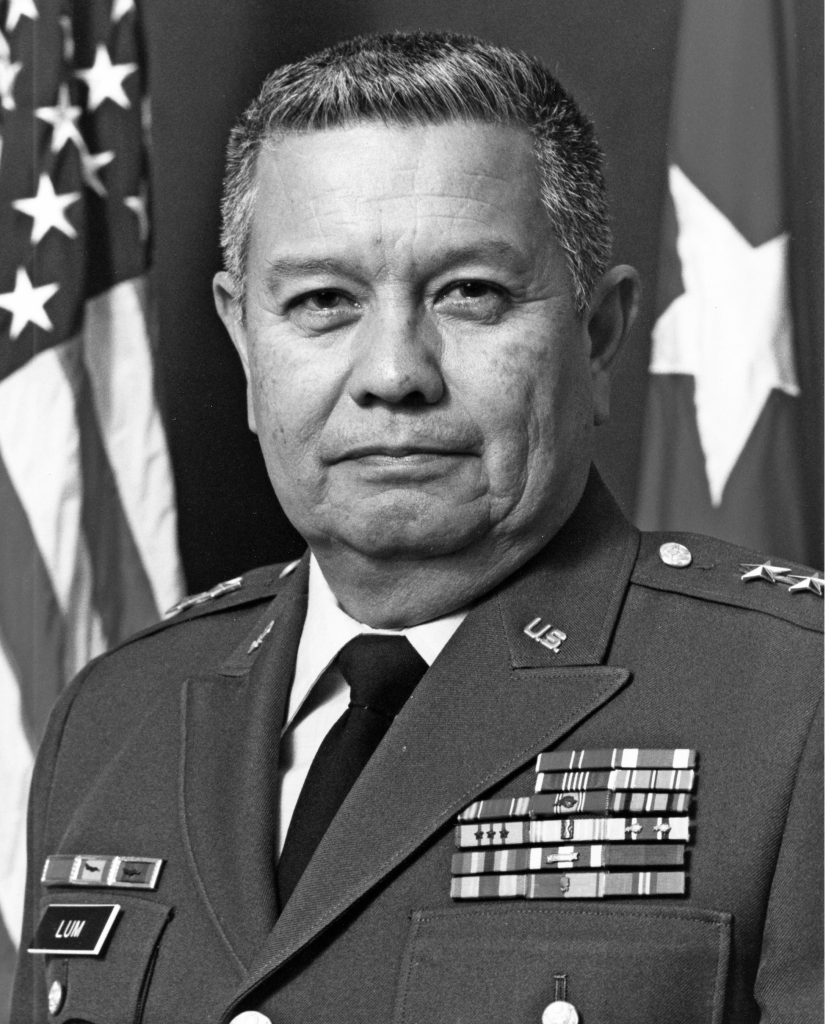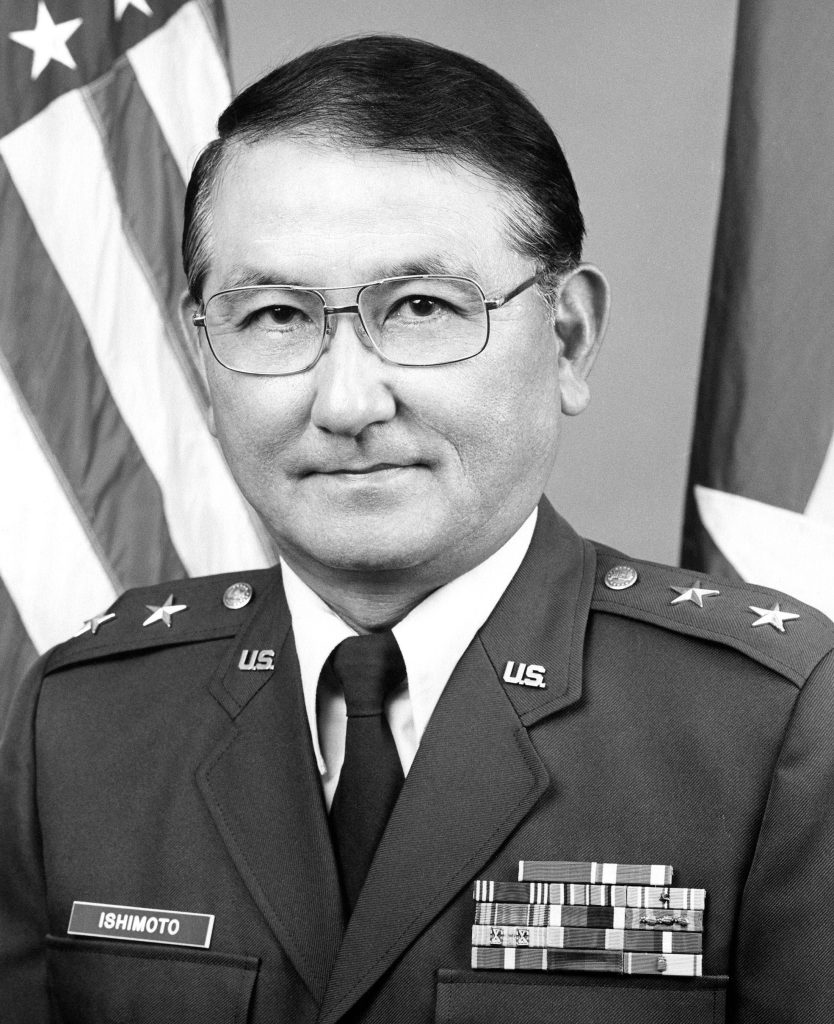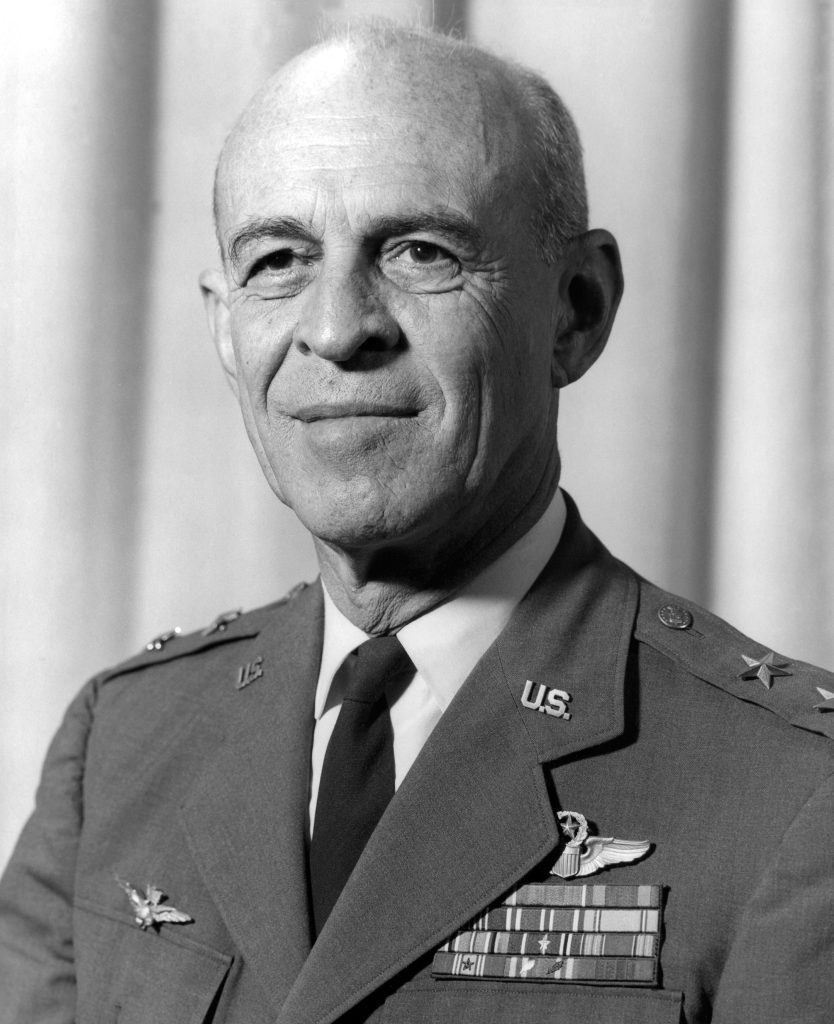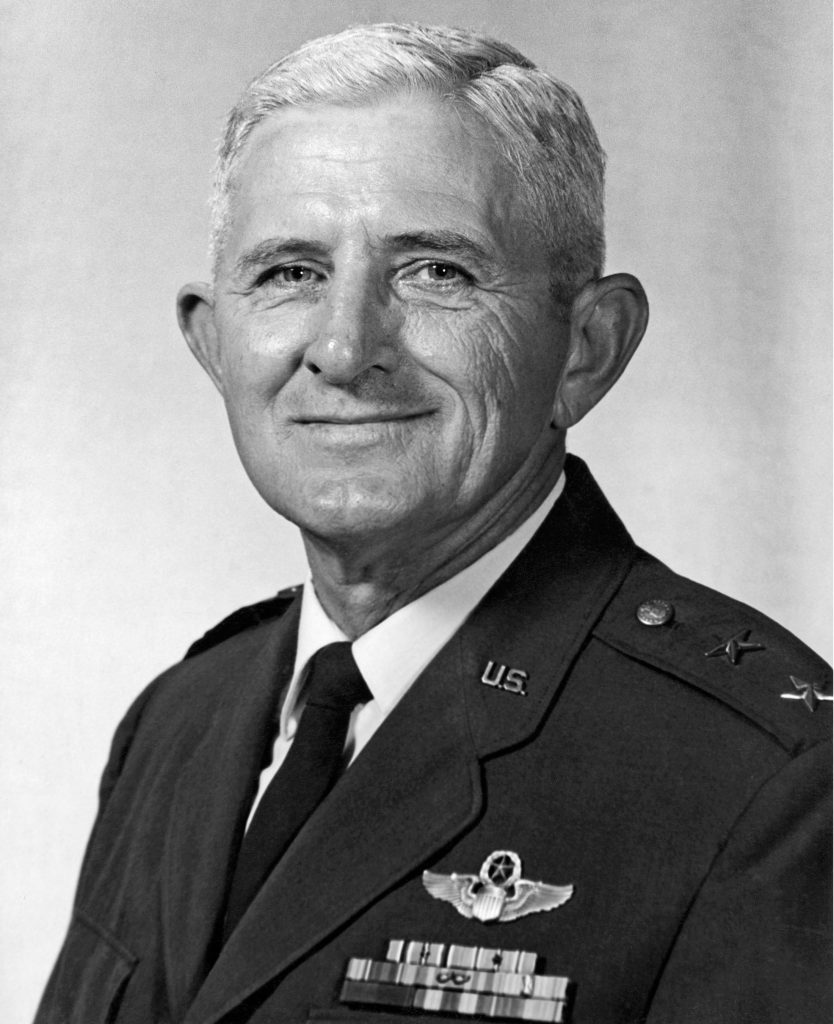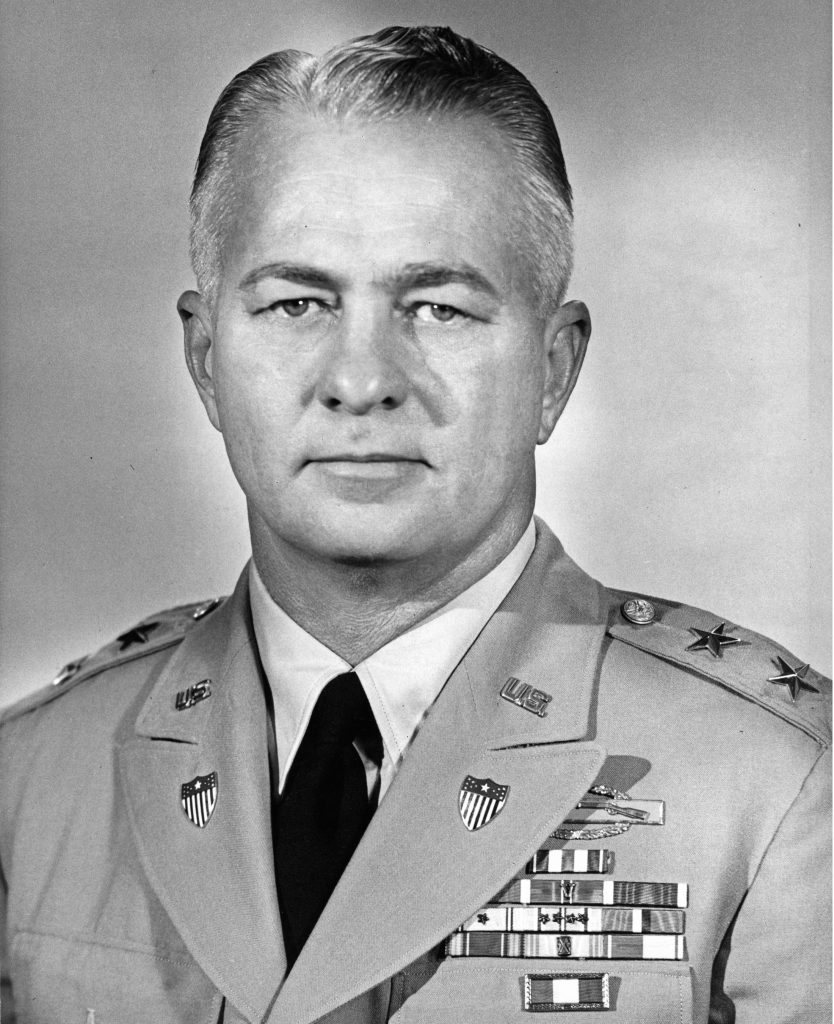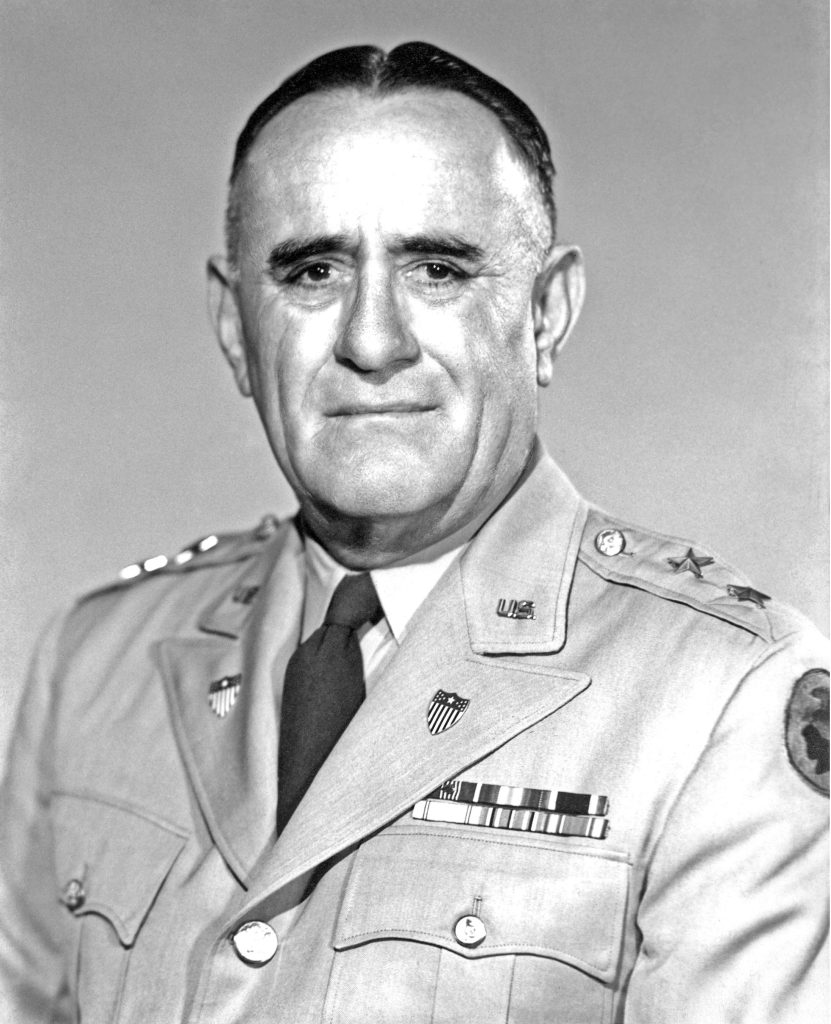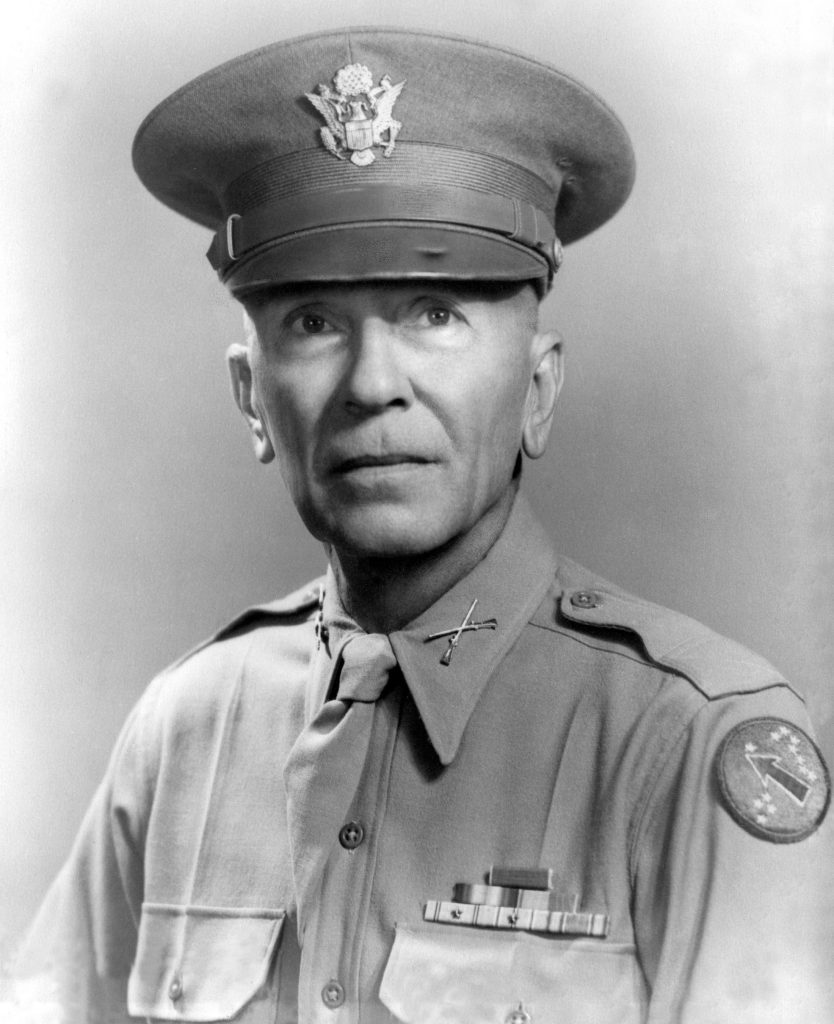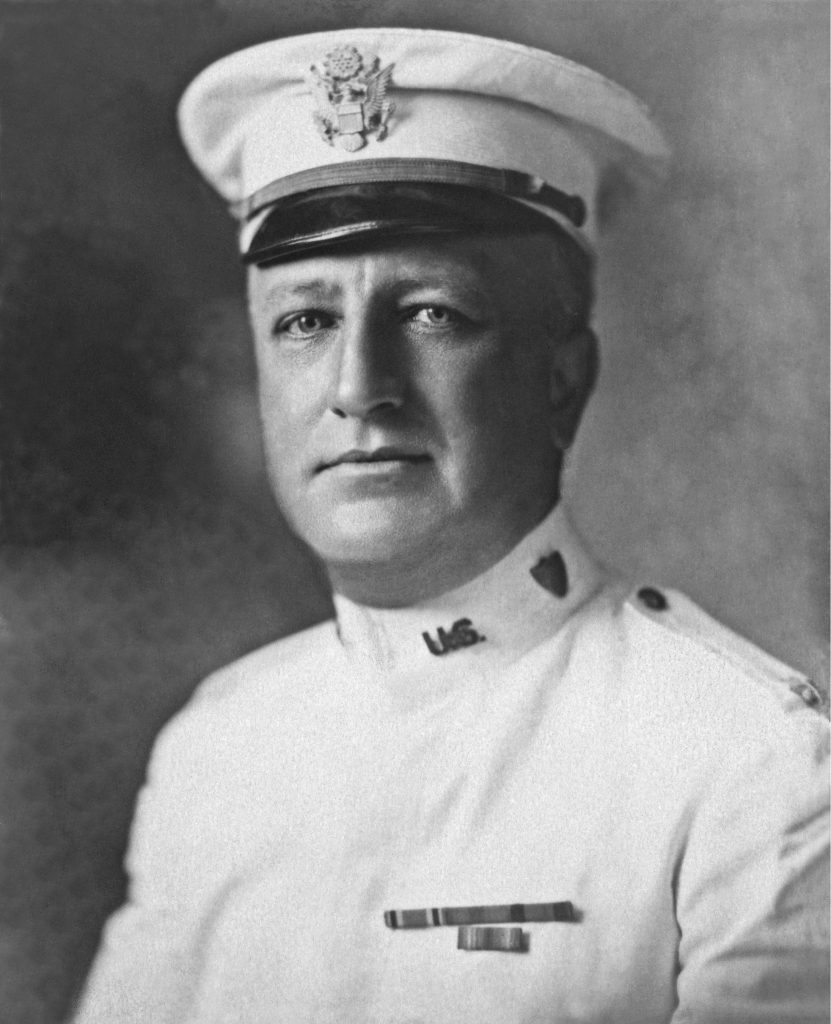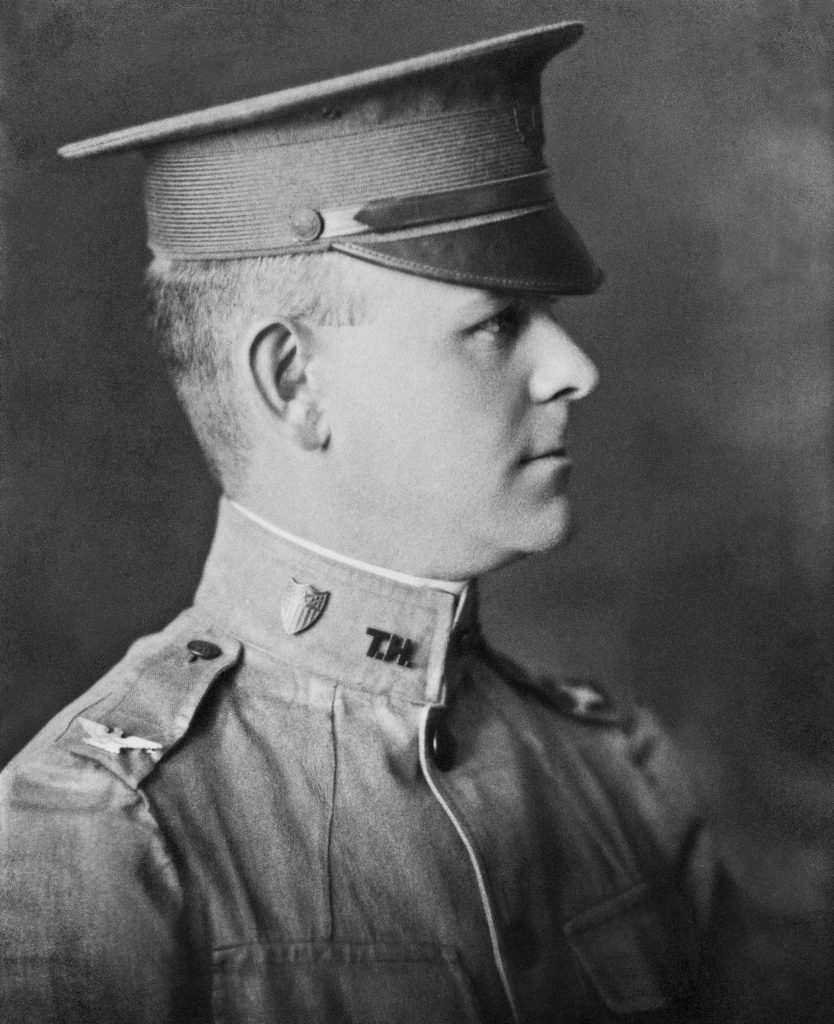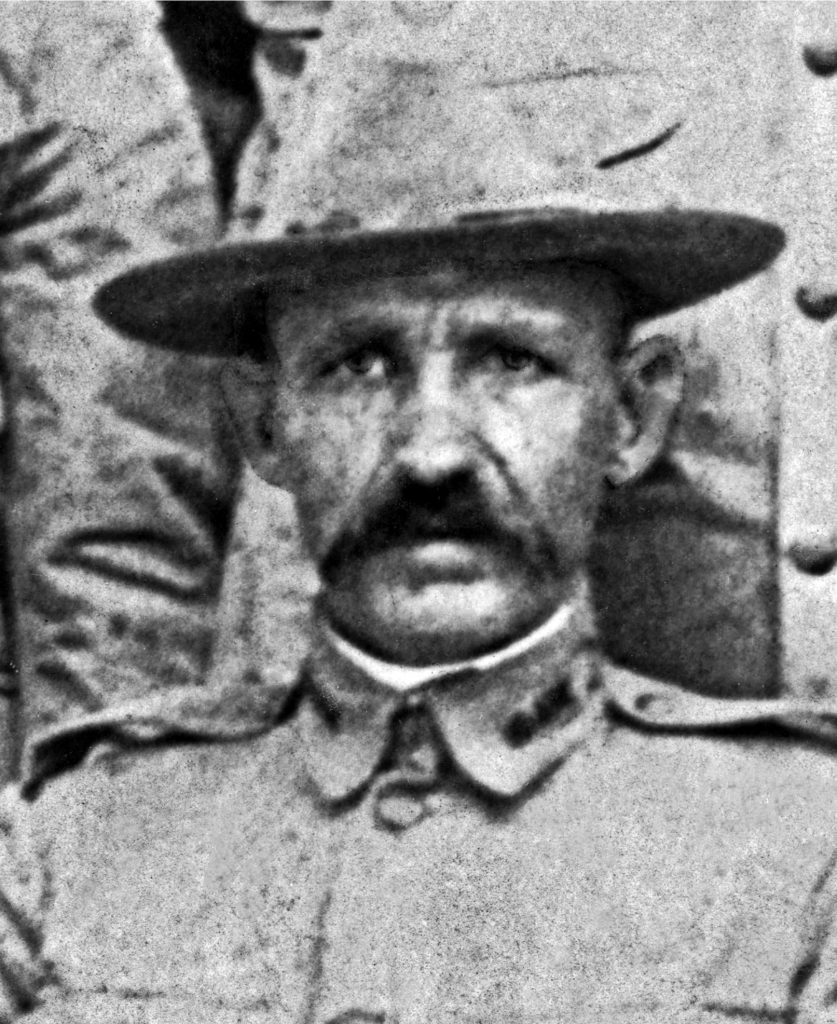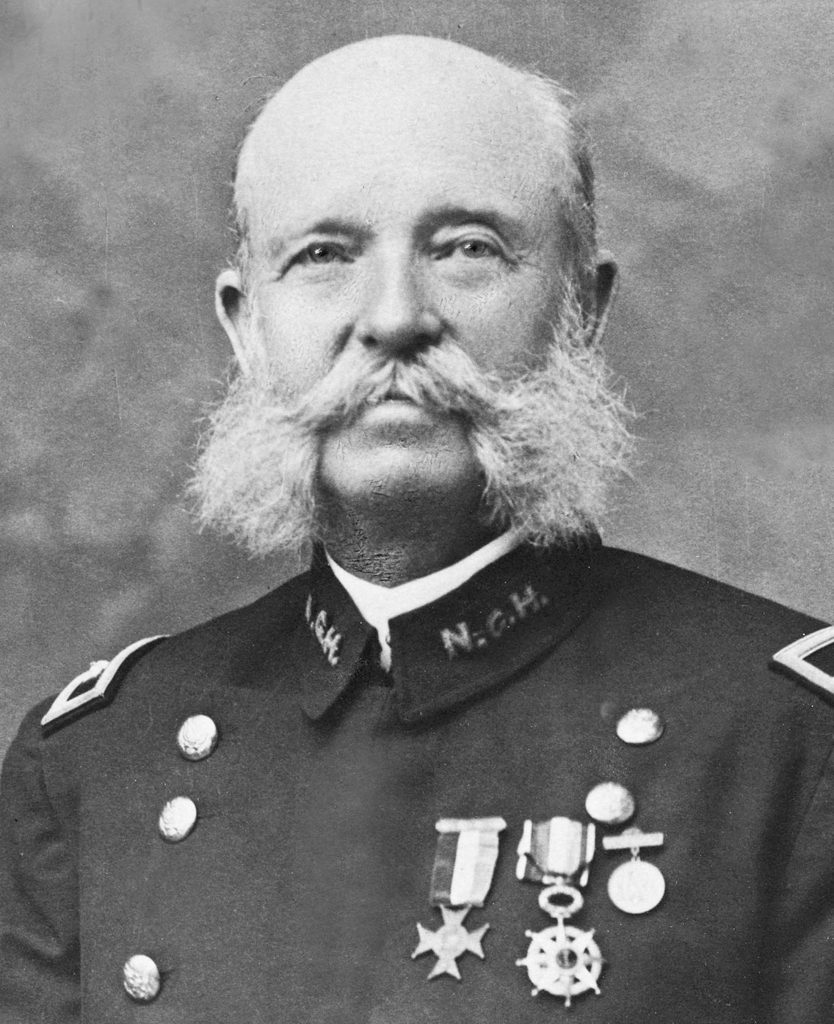The Adjutant Generals of the Hawaiʻi National Guard
22
Maj. Gen. Stephen F. Logan
1 October 2024 to Present
Maj. Gen. Stephen Logan assumed his duties as the Adjutant General on October 1, 2024. Logan enlisted in the Hawaiʻi Army National Guard in 1981 and received his commission as a 2nd Lieutenant of Infantry through the Hawaiʻi Military Academy, Officer Candidate School, in 1983. He has served in numerous positions of increased authority and responsibility from platoon leader through the Commanding General of the Hawaiʻi Army National Guard. In 2012, Logan deployed as the deputy commander of the Operations Coordination Center – Regional Command South, Security Forces Assistance Advisory Team, Kandahar, Afghanistan. In addition he has served on several state missions in support of local authorities. Most notable were Loganʻs duties as the Dual Status Commander of Joint Task Force – 50 in support of the Maui Wildfire Response. Logan’s military education includes the U.S. Army War College at Carlisle Barracks, Pennsylvania, and Command and General Staff Officer Course from the Command and General Staff College at Fort Leavenworth, Kan. He holds a Master of Strategic Studies from the U.S. Army War College and a bachelor’s degree in criminal justice from Chaminade University. He retired as a Metropolitan Police Lieutenant from the Honolulu Police Department in 2004 and holds both military and civilian rotary and fixed wing qualifications. Throughout his career, Logan has flown the C-26, C-12, CH-47, OH-58, UH-1, MD500D, and MD520N aircraft. Logan’s awards and decorations include the Master Army Aviator Badge, Legion of Merit with Oak Leaf Cluster, Bronze Star Medal, Meritorious Service Medal with two Oak Leaf Clusters.
21
Maj. Gen. Kenneth S. Hara
6 December 2019 to 1 October 2024
Maj. Gen. Kenneth Hara was raised on the island of Hawaiʻi and received his commission as a 2nd Lieutenant of Infantry in 1987. He earned a Bachelor of Arts Degree in Human Services from Hawaiʻi Pacific University and later earned a Master of Strategic Studies from the U.S. Army War College. Hara has deployed three times, in 2005 to Baghdad, Iraq; in 2008 to Camp Arifjan, Kuwait both in support of Operation Iraqi Freedom; and 2012 to Kandahar, Afghanistan in support of Operation Enduring Freedom. In addition, he has served on many state missions in support of local authorities. Notable state response missions include Hurricane Iniki response in 1992; Commander, Task Force KOA for the 2006 Kiholo Bay Earthquake Response and as Dual Status Commander of Joint Task Force-50 in support of the Kilauea volcanic eruption and Hurricane Lane responses in 2018. However, it was Hara’s appointment as the state’s overall incident commander for the 2023 Maui Wildfire Response and as the state’s overall COVID-19 Incident Commander that defined his tenure as Adjutant General.
20
Maj. Gen. Arthur J. Logan
1 January 2015 to 6 December 2019
Nebraska-born, Maj. Gen. Arthur Logan, graduated from St. Louis School, Honolulu, in 1977. He earned his Bachelor’s of Arts in Justice Administration from Hawaiʻi Pacific University in 1993 and Master’s of Strategic Studies from the U.S. Army War College in 2004. Logan enlisted in the Army in 1978 and joined the Hawaiʻi Army National Guard in 1981. He was commissioned a 2nd Lieutenant in 1984 after graduation from the Officer Candidate School, Hawaiʻi Military Academy, Hawaiʻi Army National Guard. Prior to his appointment as Adjutant General he was Director of Operations, Hawaiʻi Army National Guard, a position he held since October 2013. Logan’s prior assignments included Chief of Staff of the Hawaiʻi National Guard Joint Staff, Chief of Staff of the Hawaiʻi Army National Guard, the Director of Intelligence, and Hawaiʻi National Guard Counterdrug Coordinator. In 2007, he deployed for a year to Afghanistan in support of Operation Enduring Freedom, serving as the Commander, Regional Policy Advisory Command–Central, supporting the Afghan National Police. As a civilian, Logan served 20 years with the Honolulu Police Department, rising to the rank of Sergeant, before resigning in 2002 to work for the Hawaiʻi National Guard full time.
19
Maj. Gen. Darryll D. M. Wong
9 January 2011 to 31 December 2014
After graduating from Maryknoll School, Maj. Gen. Darryll Wong earned his bachelors degree in geography and his Air Force ROTC commission from the University of Hawaiʻi in 1972. He later earned a masters in business administration. While on active duty Wong flew C-141 Starlifter cargo aircraft, including baby and refugee airlift missions out of Vietnam. He joined the Hawaiʻi Air National Guard in 1984, later serving as a KC-135 Stratotanker and C-17 Globemaster III pilot. Wong flew refueling missions as a tanker pilot on Kosovo as part of Operation Allied Force. He is a command/instructor pilot with more than 3,000 hours in the cockpit. Wong has more than 19,000 civilian flight hours, flying Boeing 737s, -200s, -300s with Aloha Airlines. He served as Assistant Adjutant General, Air and Commander of the Hawaiʻi Air National Guard from 2001 and took on the additional role as Hawaiʻi Air National Guard Chief of Staff in 2003. Wong was a member of the All-Air Force and Armed Forces All-Star Volleyball teams in 1975.
18
Maj. Gen. Robert G. F. Lee
1 January 2003 to 8 January 2011
McKinley High School graduate Maj. Gen. Robert Lee earned his bachelor’s in mechanical engineering and ROTC commission from the University of Hawaiʻi, in 1971 and later earned a masters in business administration. Lee served in the U.S. Army Reserve before 2003, including commands of the 100th Battalion, 442nd Infantry and 9th Regional Support Command. His 27-year civilian career primarily dealt with nuclear submarine maintenance at Pearl Harbor Naval Shipyard. Lee, a licensed professional engineer in mechanical and nuclear engineering, was also the Perot Systems Government Services Pacific Area General Manager. As the Adjutant General, the Hawaiʻi National Guard peaked in its support of the war on terrorism in the 2004-2005, when 87 percent of the Hawaiʻi Army Guard was mobilized, the highest personnel in the nation. Hawaiʻi National Guard units provided direct support for missions primarily in Iraq, Kuwait, Afghanistan, Philippines and Bosnia-Kosovo. During his tenure, the Hawaiʻi National Guard supported numerous natural disaster assistance missions, including the recovery following the 2006 Kiholo Bay Earthquake.
17
Maj. Gen. Edward L. Correa Jr.
31 December 1999 to 31 December 2002
Hawaiʻi-born Maj. Gen. Edward Correa Jr. enlisted in the Army in 1965 and reached the rank of sergeant before earning his commission through Officer Candidate School, in 1966. He left active duty in 1969 and joined the Hawaiʻi Army National Guard. Correa’s various positions included the commander of Troop E (19th Cavalry), 103rd Troop Command, 29th Infantry Brigade and the HIARNG before his appointment as Adjutant General. He earned a degree in sociology, in 1970 and juris doctorate degree from the University of Hawaiʻi, in 1976. Prior to coming on board full-time with the Hawaiʻi National Guard in 1991, Correa served for 10 years with the State of Hawaiʻi as supervising Deputy Attorney General, and as a member and later Chairman of the Labor and Industrial Relations Appeals Board. In 1992, he was the Operation Iniki Incident Commander for hurricane relief operations. As Adjutant General, Air Guard units deployed in support of NATO operations over Kosovo and no-fly zone enforcement over Iraqi airspace. The 29th Brigade began to move to Kalaeloa, while the 298th Regional Training Institute started construction of new facilities at Bellows Air Force Station. The Office of Veterans Services spearheaded the Korean War’s 50th Anniversary commemoration.
16
Maj. Gen. Edward V. Richardson
8 February 1991 to 30 December 1999
Maj. Gen. Edward Richardson, from Puunene, Maui attended Kamehameha School and the University of Hawaiʻi. He joined the Hawaiʻi Air National Guard in 1956 and earned his commission and pilot wings in 1957. Richardson is a command pilot with more than 3,660 fly hours (F-86E, F-86L, F-102A and F-4C). Richardson flew air defense missions out of Thailand and Da Nang Air Base during Vietnam as part of Operation Palace Alert. His leadership positions include 199th Fighter Interceptor Squadron Command, Hawaiʻi Air National Guard Chief of Staff and Hawaiʻi Air National Guard Commander prior to his appointment as Adjutant General. Richardson implemented joint Army/Air Guard, and State Civil Defense planning, training and emergency response exercises (tested during Hurricane Iniki relief operations); modernization of Hawaiʻi Guard aviation (CH-47 Chinook and UH-60 Black Hawk helicopters, F-15 Eagle jetfighter upgrades, KC-135R Stratotanker and C-130 Hercules cargo aircraft acquisition); Korean/ Vietnam Memorial and opening veterans cemeteries on Lanai and West Hawaiʻi; Youth Challenge Program; and World War II 50th Anniversary Commemoration events. Personnel and units began deployments in support of NATO operations in Bosnia. Upon retirement Richardson became a driving force with the Pacific Aviation Museum.
15
Maj. Gen. Alexis T. Lum
31 March 1983 to 7 February 1991
Maj. Gen. Alexis Lum’s 44-year military service started in 1945, when he was drafted shortly after Roosevelt High School graduation. He served in three wars, World War II, Korea and Vietnam. Lum earned a Civil Engineering degree and a commission through the ROTC program at the University of Hawaiʻi in 1950. Maj. Gen. Stevenson recruited him into the Hawaiʻi Army National Guard in 1953. As a member of the 29th Infantry Brigade he deployed to Vietnam. Lum commands prior to his appointment as Adjutant General include the Headquarters Installation Command (today’s 103rd Troop Command) and the Headquarters, Hawaiʻi Army National Guard. In civilian life, Lum worked from 1954 to 1982 at the Naval Ammunition Depot (Lualualei Naval Magazine). Major initiatives include the tuition waiver program, fielding an attack helicopter battalion with AH-1S Cobra helicopters, F-15 Eagle jetfighter fielding, family support program, Office of Veterans Services/Hawaiʻi State Veterans Cemetery, and the counterdrug missions in support of the U.S. Customs and U.S. Postal Service. After retiring from the Guard, he served as Sen. Daniel Inouye’s special assistant for military affairs from June 1991 to December 2007.
14
Maj. Gen. Arthur U. Ishimoto
1 January 1982 to 7 April 1983
Honolulu-born Maj. Gen. Arthur Ishimoto enlisted in the Army in 1944. He served as an interrogator and translator in Gen. Douglas MacArthur’s intelligence section during the World War II Philippines campaign. In 1948, Ishimoto joined the 442nd Infantry and received a direct commission to 2nd Lieutenant. In 1949, he transferred to the three-year old Hawaiʻi Air National Guard and in 1957, served as the detachment commander of first Air National Guard unit assigned with the full-time air defense mission of a given area (Hawaiian airspace). Other assignments included acting Hawaiʻi Air Guard chief of staff in 1974, and commander and Assistant Adjutant General, Air in 1976. During Ishimoto tenure the Hawaiʻi National Guard provided relief assistance after Hurricane Iwa struck the islands in November 1982 and the Hawaiʻi Air National Guard’s Hawaiʻi Regional Operations Center was constructed at Wheeler Army Air Field.
12
Maj. Gen. Benjamin J. Webster
5 December 1966 to 3 March 1973
Connecticut-born Maj. Gen. Benjamin Webster came to Hawaiʻi as the age of three in 1914 and graduated from Punahou School in 1928. He was commissioned in 1932 after graduating from West Point. Webster went on to become a pilot and a West Point instructor. During World War II, he was 8th Fighter Command (Europe) commander. By 1964, Webster reached the rank of Lieutenant General as the commander of Allied Forces, Southern Europe (first islander to achieve three-star rank in U.S. Armed Forces). He retired from the active Air Force in 1966 and was appointed Adjutant General in December of that year. During Webster’s tenure as Adjutant General, Hawaiʻi Guard personnel deployed to Vietnam. The 29th Infantry Brigade was mobilized and levied to units in Vietnam; while Hawaiʻi Air Guard jet pilots based out of Da Nang Air Base flew air defense missions. The Department also assisted in relief efforts on the Big Island of Hawaiʻi earthquake and Oahu prison riot control.
11 & 13
Maj. Gen. Valentine A. Siefermann
16 July to 4 December 1966 and 1 April 1973 to 31 December 1981
In 1947, New York-born Maj. Gen. Valentine Siefermann left active duty as an Army Air Corps fighter and bomber pilot who flew more than 22 combat missions in World War II’s Pacific campaign. The next day he joined as one of the original members of the newly created Hawaiʻi Air National Guard. In 1953, Siefermann was appointed Commander Hawaiʻi Air National Guard and Assistant Adjutant General, Air. He served as acting Adjutant General in 1966 prior to Maj. Gen. Webster’s tour and was appointed Adjutant General after Webster. Siefermann pioneered the idea for all Air Guard units in the nation to report to the major air command. This allowed the Air National Guard units to move into action faster without the red tape of command delays. He worked with the U.S. Air Force to implement the system that enabled the Air National Guard to assume the Air Force’s role in air defense of Hawaiʻi. His system was adopted nationally eight years later. In 1974, Siefermann helped modernize the Post-Vietnam Hawaiʻi Army National Guard aviation program, including assisting law enforcement in the confiscation of illegal marijuana.
10
Maj. Gen. Robert L. Stevenson
3 December 1962 to 15 July 1966
Honolulu-born Maj. Gen. Robert Stevenson went to St. Louis College and McKinley High School. He enlisted in the Hawaiʻi National Guard 1931. He attended the University of Hawaiʻi and received his commission while studying civil engineering. He was activated in 1940, with the rest of the Hawaiʻi Guard, for World War II. Stevenson served with the Hawaiʻi Guard’s activated 298th Infantry Regiment in Guadalcanal, New Georgia and Luzon (Philippines), before returning to Hawaiʻi as a Colonel. He rebuilt the 298th Regimental Combat Team during his 298th command time and then served as Hawaiʻi Army Guard chief of staff until his retirement in 1957. Stevenson returned to his civilian career as an insurance executive, before being called to served as Adjutant General by Governor John Burns. During his tenure the Hawaiʻi Guard increased its air defense capabilities with the F-102 Delta Daggers and the Nike Hercules Missiles, and the civil defense mission was modernized to include early warning systems and redefining roles and responsibilities of federal, state and county agencies.
9
Maj. Gen. Fred W. Makinney
4 August 1946 to 3 December 1962
Maj. Gen. Fred Makinney was the first Native Hawaiian and Hawaiʻi-born Adjutant General. After graduation from Punahou School he attended and received his commission from West Point. The World War I and II veteran retired from active duty January 1946 as a Colonel and was appointed Adjutant General in August. During Makinney’s more than 15-year command, Hawaiʻi National Guard moved from federalized to post-war “state” status; and split the into Army and Air Guard divisions. The Army Guard underwent major organizations and reorganizations, especially the artillery units. The Air Guard was introduced into the jet-age and the assumption of the air defense mission. The Hawaiʻi Guard Headquarters move from the Honolulu Armory to Fort Ruger. Makinney obtained his first star in 1951 and the second in 1953. In 1953, he also took on the additional duty as the first Adjutant General to also serve as director of Civil Defense.
8
Col. Perry M. Smoot
25 August 1923 to 3 August 1946
Col. Perry Smoot, an infantry captain in World War I, was born in Washington, D.C., originally came to Hawaiʻi to manage the Schuman Carriage auto parts and tire business. Between U.S. Army and Hawaiʻi National Guard service, he was a member of the Naval Reserve. Smoot was appointed as Adjutant General by Gov. Wallace Farrington. He supervised the National Guard of Hawaiʻi’s federalization in 1940 and the organization Territorial Guard in December 1941. From December 1940 to February 1944, Smoot served as the Territorial Selective Service director and could not hold both positions. He was relieved as commander of the Territorial Guard. Smoot also served as Adjutant General while holding the U.S. Property and Dispersing Officer position twice. He was released from active service on Aug. 2, 1945. During his more than 22-year service as Adjutant General he oversaw the changes and growth in the Hawaiʻi Guard to including the 1st Infantry becoming the 298th Infantry on Oahu and 2nd Infantry becoming 299th Infantry on the islands of Hawaiʻi and Maui. Smoot was instrumental in the building of armories on all the islands with a Guard presence.
7
Maj. John W. Short
1 August 1923 to 24 August 1923
Maj. John Short holds the record for the shortest stint as Adjutant General – three weeks. He joined the National Guard of Hawaiʻi on June 24, 1894, during the continuance of the Provisional Government and Republic of Hawaiʻi. By April 1907, Short was a Lt. Col. in the U.S. Property and Disbursing Officer and served in that capacity until May 1924. He was handed the reins of Adjutant General at age 59, after already serving with five Adjutant Generals and working more than 17 years as the USPDO. Short retired as a full Colonel. His civilian career was with the Customs House, where the paperwork for the import and export of goods into and out of a country was processed.
6
Col. William D. Potter
9 February 1921 to 31 July 1923
New Hampshire-born Col. William Potter, an infantryman in the Spanish-American War, came to Hawaiʻi around 1920 to serve as assistant to Departmental Quartermaster, U.S. Army. In December 1920, he was given command of 1st Infantry and a few months later Potter was appointed Adjutant General. In June 1921, the 2nd Infantry was organized on Maui. Potter was promoted to Brigadier General by Gov. Wallace R. Farrington, but resigned before accepting the star, to go into private business back in California.
5
Col. Harry S. Hayward
23 September 1918 to 8 February 1921
In 1910, California-born Col. Harry Hayward arrived in Hawaiʻi via Canada, where he worked in the newspaper publishing business. He joined the staff of Hawaiian Star and after it was amalgamated it became the Honolulu Star-Bulletin. Hayward eventually became vice president and general manager, and continued to work for the newspaper (1921 to 1928) while serving as Adjutant General. He was commander of 2nd Company, 1st Battalion, at the time of his appointment to Adjutant General. Hayward dealt with the Hawaiʻi Guard World War I mobilization and the post-war reorganization of Guard regiments. He resigned because of conflict with his newspaper job, sighting “It is not possible to do justice to my employers and the Guard.”
4
Col. Willard Wayne
1 March 1918 to 21 September 1918
Col. Willard Wayne came from the San Francisco Chronicle staff in April 1913 to work as city editor for Honolulu Star-Bulletin. He left in May 1915 to work for the Territorial Department of Public Works and managed the Mid-Pacific Carnival for two years. The quartermaster branch captain also joined the National Guard of Hawaiʻi shortly after arriving in Hawaiʻi. In 1916, Wayne became secretary to Gov. Lucius E. Pinkham. In 1917, was appointed assistant to Brig. Gen. Samuel Johnson while still on the governor’s staff. In 1918, he assumed the Adjutant General position after Johnson resigned. Wayne was immediately promoted to Colonel as Adjutant General. His first Adjutant General action was to order the 1st Infantry to mobilization for World War I at Fort Armstrong and establishment of Camp McCarthy, next to the Honolulu Armory, on the Iolani Palace grounds. The Hawaiʻi Guard’s 2nd Infantry was mobilized at Armstrong, moving to McCarthy and then on to Schofield Barracks for assignment. After six months, Wayne resigned to enlist in Army to join the WWI efforts.
3
Brig. Gen. Samuel I. Johnson
16 August 1915 to 19 February 1918
Brig. Gen. Samuel Johnson was born in the Cossack province of Odessa, Russia. His military career included three years in the Cossack cavalry, a year in the Russian Imperial Navy and a year in the Argentinean Army before coming to Hawaiʻi in 1892. By May 1893, Johnson enlisted as a full-time member of the National Guard. He played an active role in the overthrow and rose from private to Brigadier General in his 25-year career with the National Guard of Hawaiʻi. Prior to Johnson appointment by Gov. Lucius E. Pinkham as Adjutant General he was the 1st Regiment Commander. During his short Adjutant General tour, he oversaw the increase of the Hawaiʻi Guard from one to four regiments, comprising nearly 5,000 men. Johnson resigned to accept an appointment as major in U.S. Army to serve in World War I. He earned a Distinguished Service Cross.
2
Col. John W. Jones
2 April 1907 to 15 August 1915
Col. John Jones arrived in Hawaiʻi in 1893 and was appointed and commissioned a first lieutenant in Honolulu. He worked as Supreme Court shorthand reporter. Jones took an active part in the overthrow, serving as secretary of the Annexation Club and as a lieutenant with Co. D. In 1899, then a colonel, he commanded the 1st Regiment, National Guard of Hawaiʻi. From 1906 to 1913 Jones served as the Hawaiʻi Guard’s disbursing officer (today’s USPFO). During his tenure as Adjutant General the Lahaina and Honolulu Armories were built. The Honolulu Armory was built next to Iolani Barracks (the State Capitol now sits on that area and the Barracks was moved to the Iolani Palace grounds proper). After retiring from the Guard, Jones became the Collector of Internal Revenue for Hawaiʻi during President William Harding’s term. In the final years of his life, he was engaged principally as a researcher of records and land titles.
1
Brig. Gen. John H. Soper
6 July 1894 to 1 April 1907
The Hawaiʻi National Guard’s first Adjutant General, Brig. Gen. John Soper, was born in Plymouth, England, but grew up in Chicago, Ill. He served in and received his commission with the California National Guard. In 1877, at age 31, Soper came to Hawaiʻi to manage Pioneer Sugar Mill in Lahaina, Maui. He stayed in the sugar business until 1884, when he was appointed Marshall of the Kingdom by King David Kalakaua. In 1893, as a Major, Soper became Commander in Chief of all military forces under the Provisional Government. When the republic was set up the following year, he assumed the position of Hawaiʻi’s first Adjutant General. In 1903, three years after becoming a U.S. territory, Soper was promoted to Colonel. While serving as the militia’s senior leader for more than 22 years he directed the transition from a truly citizen-solider organization to full-fledged part of the U.S. military. In 1900, Hawaiʻi National Guard soldiers evacuated and stood guard at various locations after a “controlled fire” to reduce the rat population and the bubonic plague destroyed much of Honolulu’s Chinatown. Soper received his General’s star in 1907, prior to retirement.




